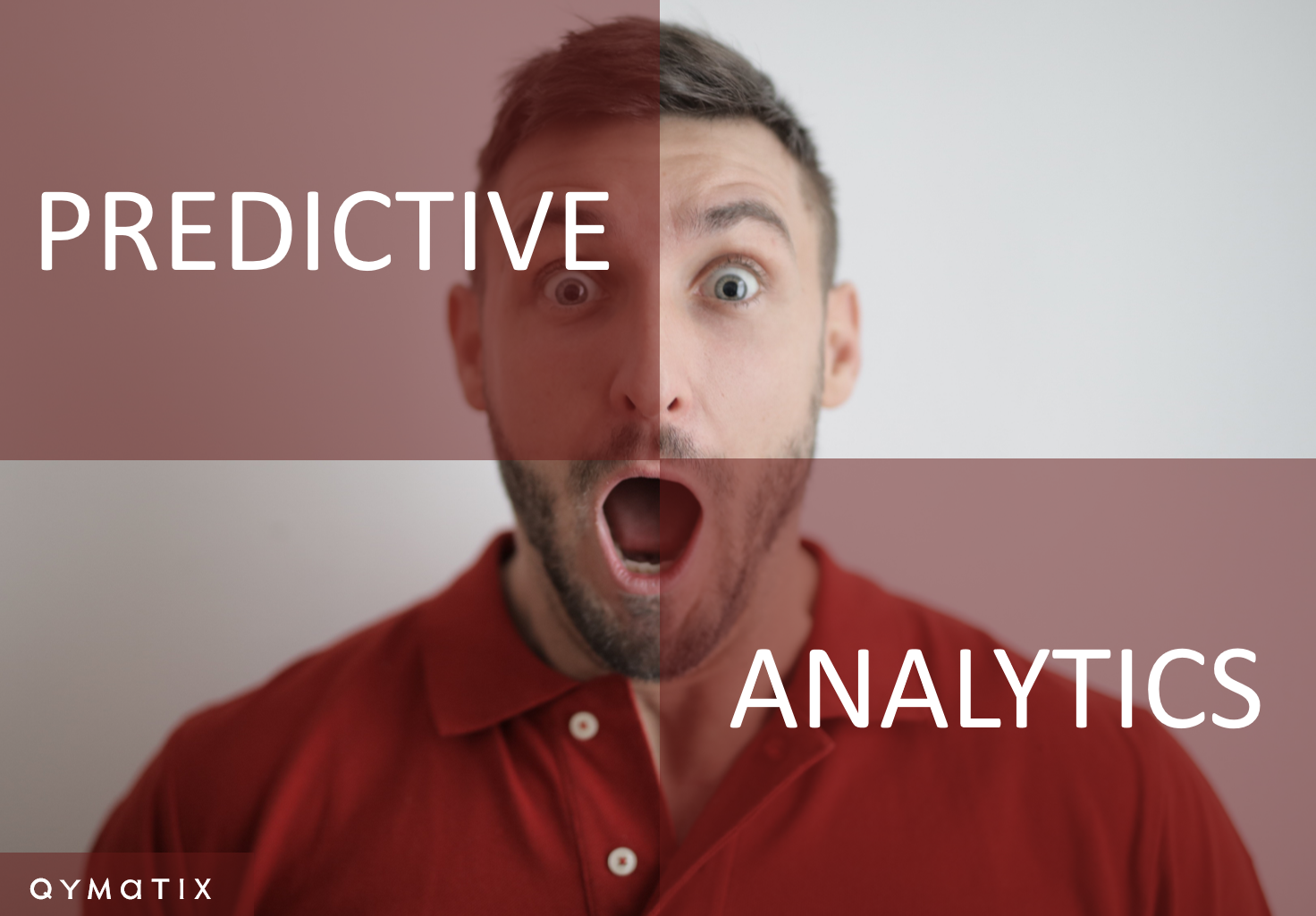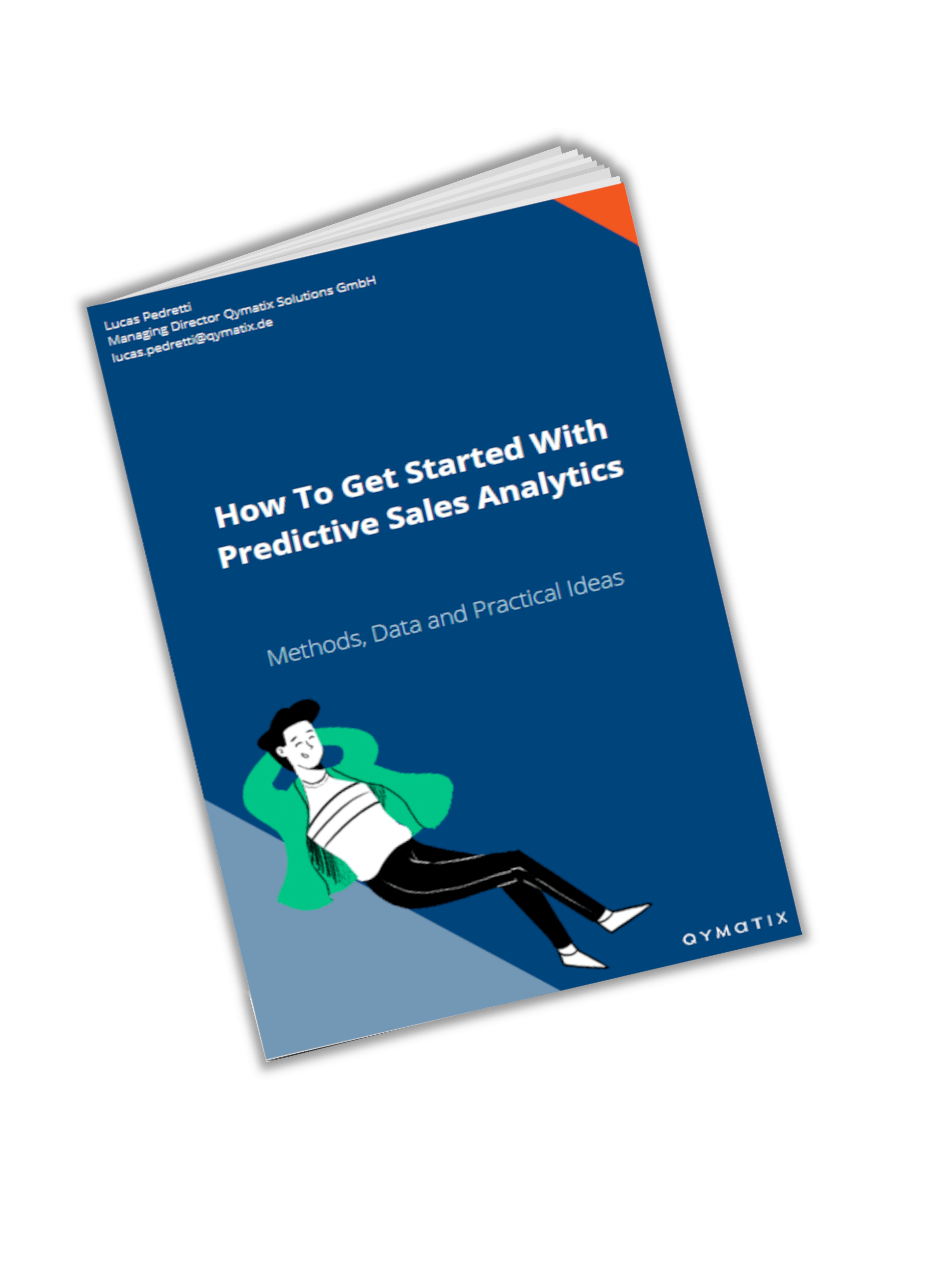Predictive Analytics: Three incredible future examples you should know about

Please enter your Email address
Three Possible future scenarios in unexpected application areas of Predictive Analytics.
Let’s explain the function of Predictive Analytics (PA) in simple terms: A software uses algorithms to analyze existing data and calculate probabilities of future events.
Due to big data and advances in technology, predictive analytics is becoming increasingly accurate and can predict events with an astonishing hit rate.
AI-supported programs are sharply tailored to the areas of marketing and sales and are already in use in some companies.
However, this fact is no longer a dream of the future. In this article, you will learn about three additional and extraordinary areas which are already using Predictive Analytics technology, and to what extent this could be the case in the future.
It is amazing what is already possible today – just from a technical point of view – and even more amazing what will be possible in the future:
Predictive policing: preventing burglaries before they happen
Do you know the movie “Minority Report”? Artificial intelligence calculates crimes so that the police can prevent them before they even happen. The program in the film knows the perpetrator, the crime scene and the exact time.
Such a scenario is not particularly implausible in the future. In the area of predictive policing, research is currently being conducted, and the technology improves continuously. Of course, it is not yet possible to identify future criminals precisely and with the corresponding motif. Even the time of the crime cannot be determined to the second. But we are not too far away from this any more:
Because what is already possible using predictive analytics (or more accurately, in this case, predictive policing) should not be underestimated. Predictive analytics is already being used by the police to predict home burglaries. The reason for this is that the perpetrators are assumed to take a systematic approach. Burglars often proceed according to plan and scout streets, blocks or districts before committing a crime.
Thus, patterns can be identified by analyzing past data. An AI-based algorithm can predict on which day and at which time in which urban area burglaries are most likely to occur. For example, police use attributes like the past frequency of robberies on different streets, time of the theft, age of the residents and the impression of the property (rich or poor).
Considering how fast algorithms are evolving today, a Minority Report scenario is not unthinkable in the future.
The Chicago police, for example, are already doing this today: Using data from surveillance cameras and so-called “shot spotters” (sensors that detect shots in real-time), predictive analytics software identifies high-risk areas. They also use a social network analysis tool that assesses a person’s risk (either as a victim or as a perpetrator) for gun violence.
However, there is still no independent scientific measurement of the success of predictive policing. The police see such a tool more as a support for operational planning.
Employing predictive analytics is not risk-free. China shows us how dangerous such technology can be (see further read). This clearly shows that predictive policing is ethically highly controversial.
Predictive analytics in medicine: Sending ambulances before they are called
Predictive analytics can also make a difference in medicine. So far, healthcare systems have been struggling to strike a balance between improving patient care and cutting costs. KI is a technology that makes both possible at the same time.
There are many processes in healthcare that already benefit from AI today. Examples include AI-based language assistants, which facilitate documentation; AI-based diagnostic programs, which support physicians; and assistance robots, which help nurses.
But one area stands out in particular: the potential of AI in prevention. The prevention or at least the early detection of diseases is logically the best thing for patients and causes the least costs.
The state of health of people is already monitored today by Smart-Watches. Changes in pulse, blood pressure, body temperature, respiration or other signs are detected.
From a purely technical point of view, a predictive analytics program can use this data from such smartwatches in combination with data from an electronic health card (such as medical history, pre-existing conditions, medication intake or allergies) to assess risks and make predictions about future illnesses.
In the future, it would be conceivable that diseases could be detected very early or even before they break out. This preliminary phase gives sufficient time for action: Sending Ambulances before it is too late, adapting medicines straight away, or there is enough time for patients to change behaviour that is detrimental to their health.
Predictive Entertainment: In the future, nobody knows what boredom means anymore
Almost one keyword is enough for this scenario: Smart Home. The entire technology is already available for this purpose, but it is not yet networked and established in all households:
Amazon and Netflix algorithms know your film preferences, Spotify your musical taste, Smartwatch knows your physical condition, Alexa your language and interests, Facebook & Co. Your hobbies and friends and a Facereader system can record your mood on your face as soon as you are at home.
From all this information about your private life, a Predictive Analytics program can know before you know what you need next:
The coffee machine is activated when your Smartwatch detects a drop in blood pressure and Alexa hears a yawn: “Your low-fat, lactose-free caramel latte is ready for you”.
Before you decide what you want to do next, Alexa tells you that two of your closest friends are interested in a new outdoor store opening in town. Siri calls her friends so you can make an appointment.
The outdoor shop has made you adventurous, and Siri will put together the perfect trip for you and your friends.
You want to celebrate your booked holiday and invite your buddies to your home. Alexa has had chilled beer delivered to you on time from the nearest supermarket and Netflix is running an exciting documentary about your new holiday destination.
In the future, a completely ordinary day with sophisticated Smart Home equipment could run like this or something similar. All devices and platforms are networked with each other so that the AI has enough data to tailor everything specifically and purposefully to you. Alexa, Siri, Google and/or Cortana assist you in your everyday life and always know what you need next through predictive analytics. There will be no more boredom because you only see content and activities that interest you.
Whether this is so desirable – that’s another story.
CALCULATE NOW THE ROI OF QYMATIX PREDICTIVE SALES SOFTWARE
Predictive analytics: 3 incredible applications in the future – Summary
So we see that AI technology with predictive analytics also has the potential to change things outside of marketing and sales. We are sure that AI will revolutionize many areas of our lives in the future.
We won’t know what that will exactly look like until we see it. However, it is a fact that the technical milestones for the three future scenarios do already exist.
For this reason, Predictive Policing, PA in medicine and Predictive Entertaining are well on their way from fiction to reality. In our opinion, the only unresolved question is: when exactly will it happen? In 5 years or 50?
What do you mean?
CONTACT US TODAY FOR YOUR PERSONAL CALL
Free eBook for download: How To Get Started With Predictive Sales Analytics – Methods, data and practical ideas
Predictive analytics is the technology that enables a look into the future. What data do you need? How do you get started with predictive analytics? What methods can you use?
Download the free eBook now.
- We will use this data only to contact you for discussing predictive sales KPIs. You can read here our declaration on data protection.

Further Read:

